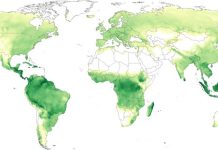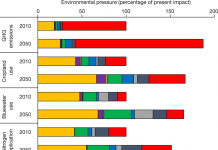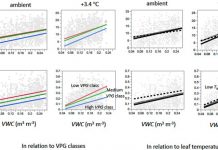【生物固氮与热带氮循环】Benjamin W. Sullivana12 W. Kolby Smitha Alan R. Townsendb Megan K. Nastoa Sasha C. Reedc Robin L. Chazdond and Cory C. Clevelanda. Spatially robust estimates of biological nitrogen (N) fixation imply substantial human alteration of the tropical N cycle. PNAS 2014 vol. 111 no. 2 doi: 10.1073-pnas.1320646111
Abstract
Biological nitrogen fixation (BNF) is the largest natural source of exogenous nitrogen (N) to unmanaged ecosystems and also the primary baseline against which anthropogenic changes to the N cycle are measured. Rates of BNF in tropical rainforest are thought to be among the highest on Earth but they are notoriously difficult to quantify and are based on little empirical data. We adapted a sampling strategy from community ecology to generate spatial estimates of symbiotic and free-living BNF in secondary and primary forest sites that spana typical range of tropical forest legume abundance. Although total BNF was higher in secondary than primary forest overall rates were roughly five times lower than previous estimates for the tropical forest biome. We found strong correlations between symbiotic BNF and legume abundance but we also







